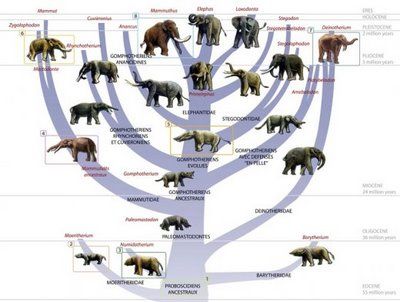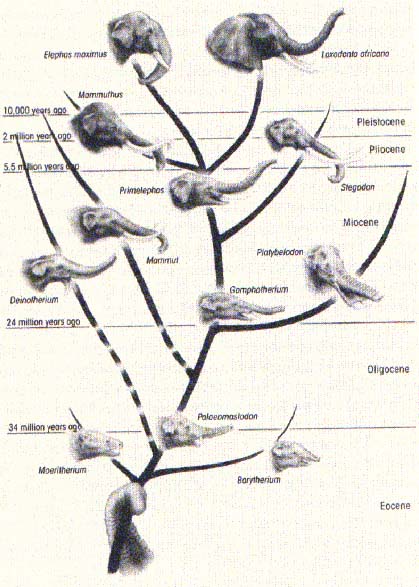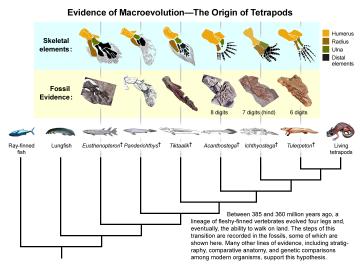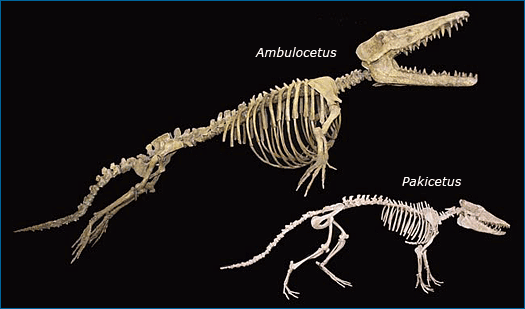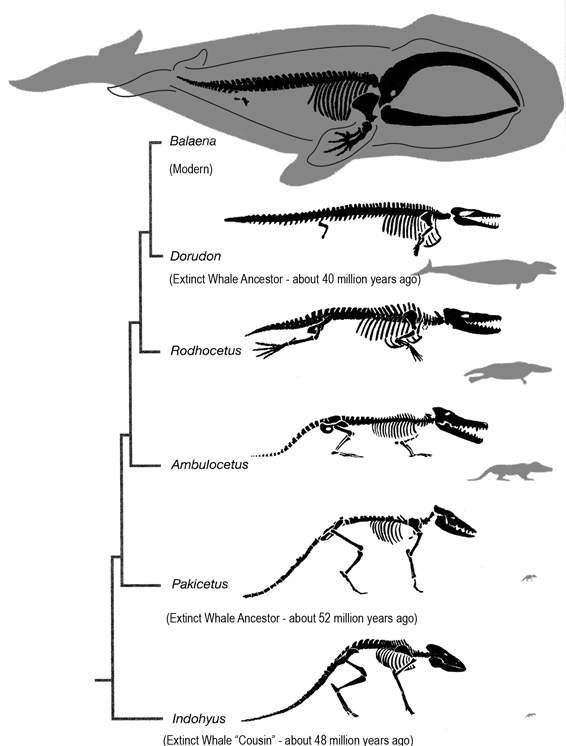Job 33:6
Well-Known Member
- Jun 15, 2017
- 9,647
- 3,260
- Country
- United States
- Gender
- Male
- Faith
- Christian
- Marital Status
- Married
- Politics
- US-Republican
Later species Australopithecus and Homo Habilis were classed as apes and tree climbers so not even more modern human ancestors had the ability to walk.
For the first half of your post, it is irrelevant what is considered a new species or not and/or what is a direct ancestor vs a prior ancestor.
The point is that the gradation is there, and it is clear as day.
For the second half of your post, regarding sahelanthropus,
This just isnt true. Where did you get this idea from? This idea that say...Australopithecus, walked on all 4s? Or didnt have the ablity to walk on 2 feet?
Lucy (Australopithecus) - Wikipedia
"Lucy" Was No Swinger, Walked Like Us, Fossil Suggests
New evidence that Lucy, our most famous ancestor, had superstrong arms
Here are 3 links above recognizing that Lucy walked on 2 feet.
Last edited:
Upvote
0


